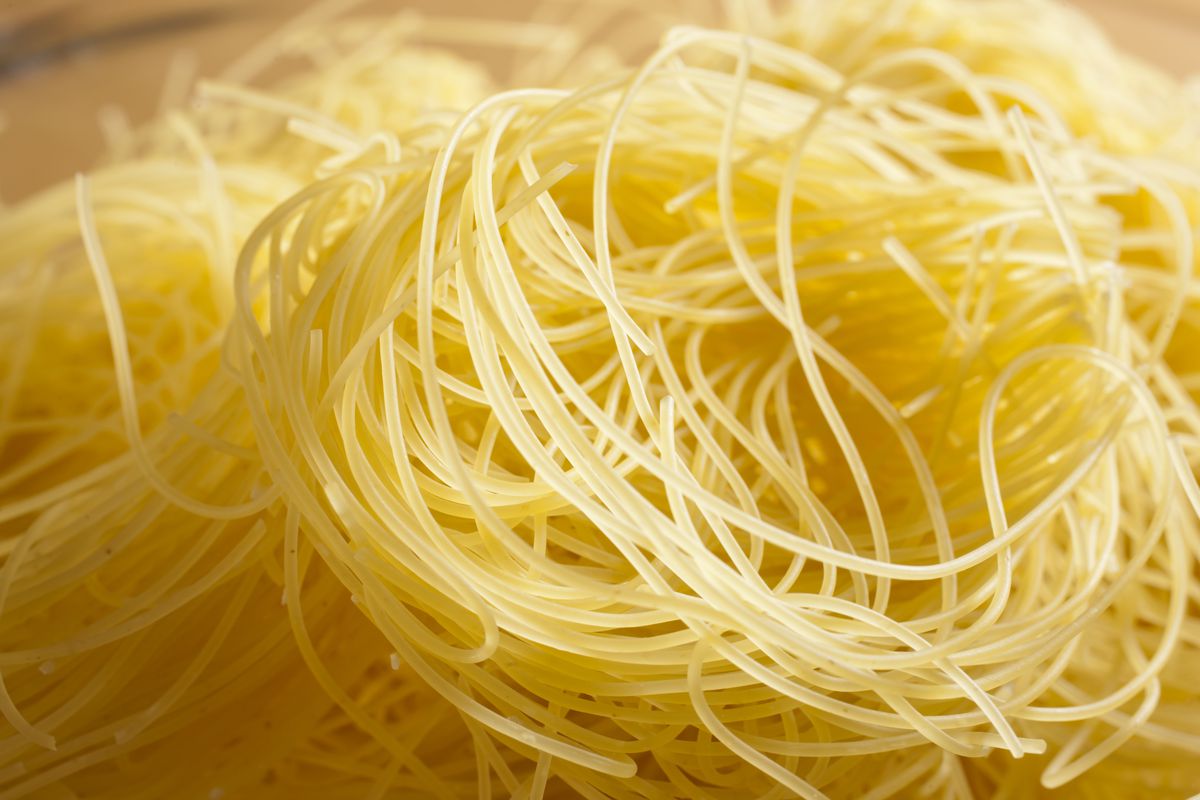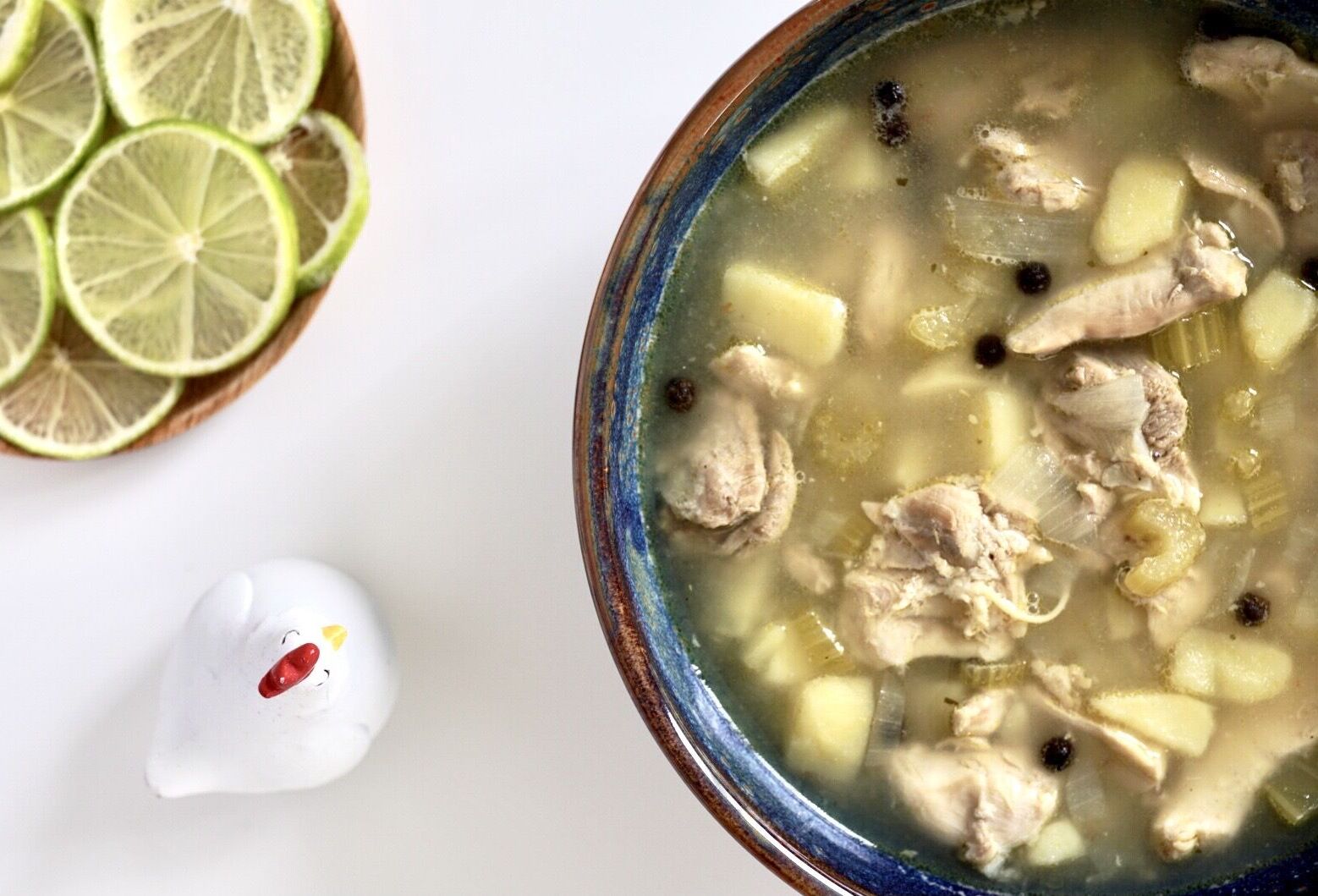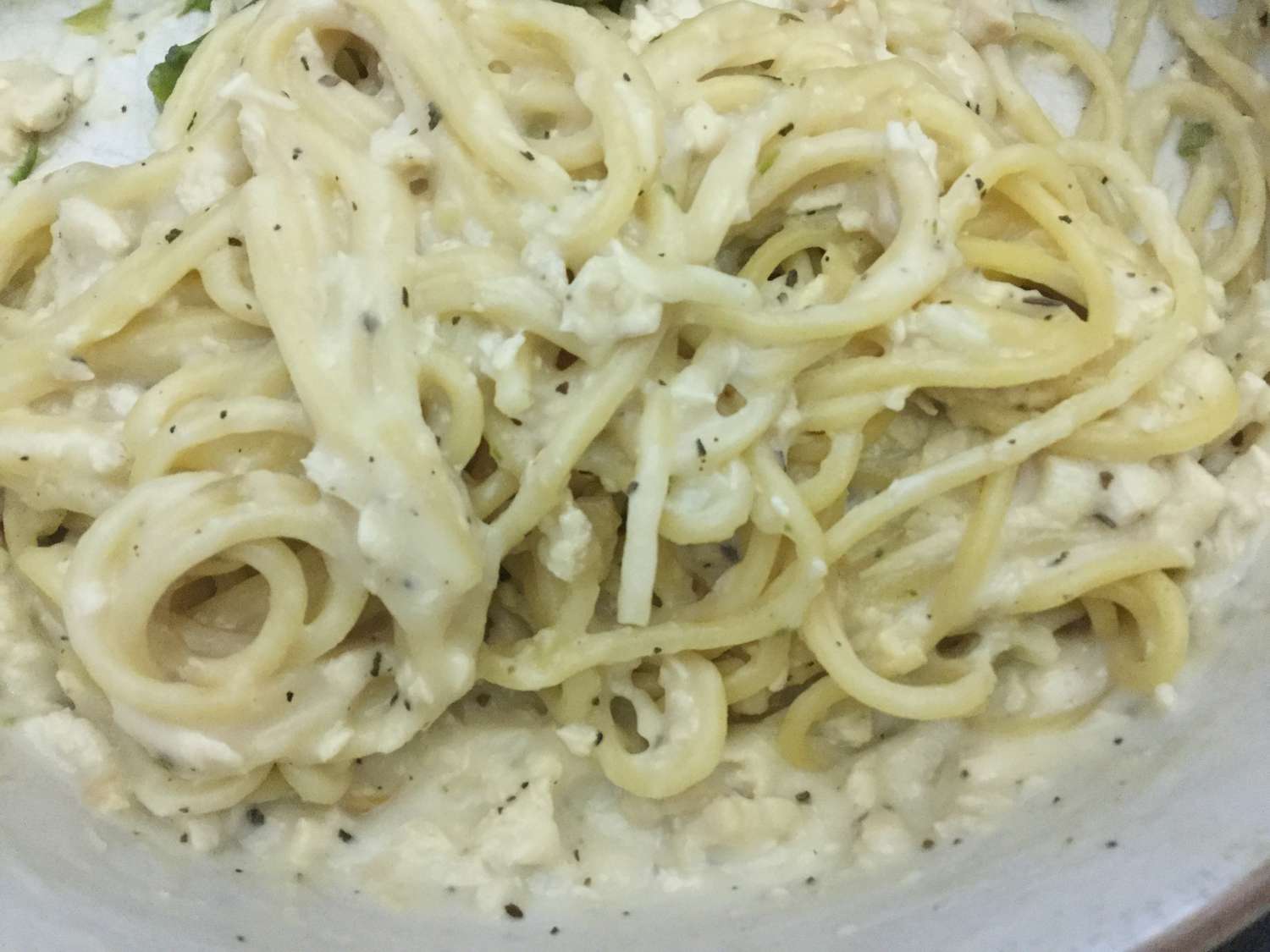When it comes to colorful and flavorful ingredients in the world of food, ube and taro are two popular choices that often spark curiosity and confusion. Both are root vegetables that are widely used in various cuisines, especially in Asian and Pacific Islander dishes. While they may look similar at first glance, there are distinct differences between the two that set them apart in terms of taste, appearance, and culinary uses.
Ube: A Vibrant Purple Delight
Ube, also known as purple yam, is a tuberous root vegetable that hails from the Philippines. Its most striking feature is its vibrant purple color, which adds a unique visual appeal to any dish it's used in. Ube has a sweet, nutty flavor with hints of vanilla and a slightly floral aroma, making it a popular choice for desserts and sweet treats.
Key Characteristics of Ube:
- Vibrant Purple Color: One of the most distinctive features of ube is its deep purple hue, which is often used to create visually stunning dishes.
- Sweet Flavor: Ube is known for its naturally sweet taste, making it a versatile ingredient in both sweet and savory dishes.
- Popular in Desserts: From ube ice cream to cakes and pastries, ube is a beloved ingredient in Filipino desserts and has gained popularity in the global culinary scene.
Taro: A Versatile Root Vegetable
Taro is another root vegetable that is widely used in various cuisines, particularly in Asian and Polynesian cooking. Unlike ube, taro has a light brown, hairy exterior and a starchy, white flesh on the inside. Taro has a mild, slightly nutty flavor and a starchy texture, making it a versatile ingredient in both savory and sweet dishes.
Key Characteristics of Taro:
- Starchy Texture: Taro is prized for its starchy consistency, which makes it suitable for a wide range of culinary applications, from thickening soups to creating creamy desserts.
- Mild Flavor: Taro has a subtle, earthy flavor that pairs well with both sweet and savory ingredients, allowing it to be used in a variety of dishes.
- Culinary Versatility: Taro can be boiled, steamed, fried, or mashed, making it a versatile ingredient in both traditional and modern cooking.
The Differences Between Ube and Taro
While both ube and taro are root vegetables with unique flavors and culinary uses, there are several key differences that set them apart:
- Color: Ube is known for its vibrant purple color, while taro has a light brown, hairy exterior and a white flesh on the inside.
- Flavor: Ube has a sweet, nutty flavor with hints of vanilla, while taro has a mild, slightly nutty taste with a starchy texture.
- Culinary Uses: Ube is often used in desserts and sweet treats, while taro is a versatile ingredient that can be used in both sweet and savory dishes.
Culinary Uses and Popular Dishes
Both ube and taro are celebrated for their unique flavors and vibrant colors, and they are used in a wide range of dishes across various cultures. Here are some popular culinary uses and dishes for each root vegetable:
Ube:
- Ube Halaya: A sweet, creamy dessert made from mashed ube, coconut milk, and condensed milk.
- Ube Ice Cream: A popular ice cream flavor known for its striking purple color and sweet, nutty flavor.
- Ube Cake: A moist and flavorful cake made with ube extract or mashed ube, often topped with a creamy frosting.
Taro:
- Taro Bubble Tea: A refreshing beverage made with taro powder, tapioca pearls, and milk or non-dairy alternatives.
- Taro Chips: Thinly sliced taro root that is fried or baked to create crispy, flavorful chips.
- Taro Pudding: A creamy, indulgent dessert made with taro, coconut milk, and sugar, often served chilled.
Conclusion
In summary, while both ube and taro are root vegetables with unique flavors and culinary uses, they each bring their own distinct characteristics to the table. Ube is known for its vibrant purple color and sweet, nutty flavor, making it a popular choice for desserts and sweet treats. On the other hand, taro offers a mild, slightly nutty taste with a starchy texture, allowing it to be used in a wide range of dishes, both sweet and savory. Whether you're indulging in a slice of ube cake or savoring a bowl of taro pudding, these root vegetables add a delightful touch of flavor and color to the culinary world.











